| Previous | Index | Next |
RUB A BALLOON on a woolen glove, then
make it stick to the wall. Did you know that
you are using the same scientific principle
that makes a photocopier work? In the 1930s,
,~ an inventor realized that static electricity,
which makes the balloon cling to the
wall, could also be used to make instant copies of documents. Today, photocopiers are common in offices and schools.
Many such machines and devices perform useful tasks for us, and they all apply scientific
principles to everyday life. Although the basic idea behind a machine is usually quite simple, like the clinging balloon, it is often difficult to see how machines work in
practice. Like photocopiers, many
have covers that hide their inner
workings. And even if you
remove the covers, you are likely to discover only a maze of components that gives few clues to the way in which the machine carries out a task.
This book guides you through the hearts of machines by showing you how to carry out experiments that explain how things work, using step-by-step instructions, clear photographs, and diagrams. You can build real machines
and other devices that actually work
and which you can use. These include
a battery to power an alarm clock; a
microphone that you can use to record
000k
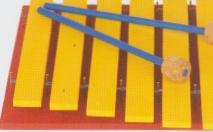
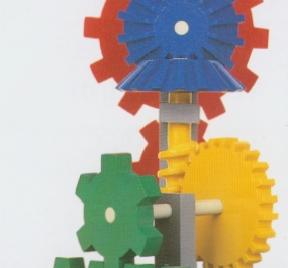


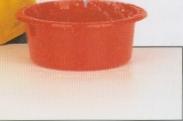
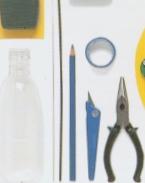
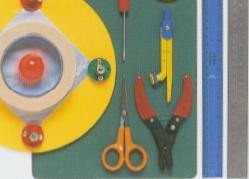
| Previous | Index | Next |